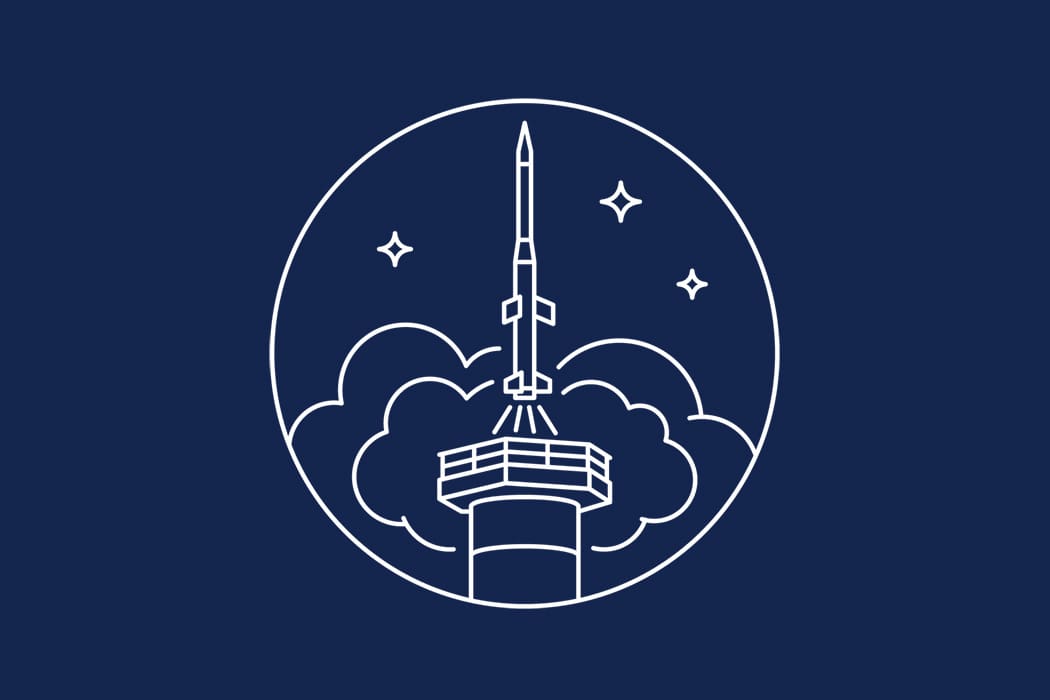The Student Group HyEnD (Hybrid Engine Development) at the University of Stuttgart is participating with the Institute of Space Systems (IRS) in the DLR STERN program initiated by the DLR Space Administration. In the course of this three-year program, students shall design, develop and fly a small sounding rocket. The basic technical requirements are a minimum flight altitude of 3 km, recording, and transmission of telemetry data and the recovery of the rocket by a parachute system. The official start of the program at Stuttgart University was on September 1st, 2012. The program is accompanied by several reviews to survey and control the development and construction of the rocket. The reviews are co-organized by the DLR Space Administration, the DLR MORABA and the DLR Institute of Space Propulsion. Due to the expected high flight altitude of more than 20 km, the launch will take place at the European Space and Sounding Rocket Range (Esrange) in Kiruna, Sweden.
Completed, Rocket Missions
STERN 2016/2
General Information:
| Launch site | Esrange Space Center |
| Launch date | 1 st hot CD October 28, 2016 |
| Customer | Student program |
In October 2015 the first three university teams got their flight opportunity, TU Berlin launched two times the upper-stages of their DeCan (Deuche Cansat Hohenrakete | German Cansat Sounding rocket). Both rockets flew successfully to an altitude slightly higher than 5km.
ERIG from TU Braunschweig launched their hybrid engine powered Faust. Also, this launch was successful.
HyEnD from TU Stuttgart launched there HEROS rocket, a 10kN (2248lbs) N2O-Paraffin hybrid rocket that should have reached 20km (65600ft). Unfortunately, their engine suffered a failure. An extension of the project was granted with additional funding, in order to build a second rocket and launch it again.
In October 2015 the first Launch Campaign for the HEROS rocket took place at ESRANGE. In October 2016 A detailed Failure Analysis Review is planned to improve the second launch attempt. The rocket will be similar to the first design, with minor changes regarding the instrumentation and the engine. More sensors will be on-board to verify the oxidizer loading and conditions. The basic performance and dimensions stay the same. It is planned to build two identical rockets, one serving as a redundant backup model for a second launch opportunity.
| Experiment module: | ||||||
|
Contact persons:
DLR MORABA STERN Project manager: Katharina Schüttauf
SSC Esrange Project Manager: Maria Holmström

